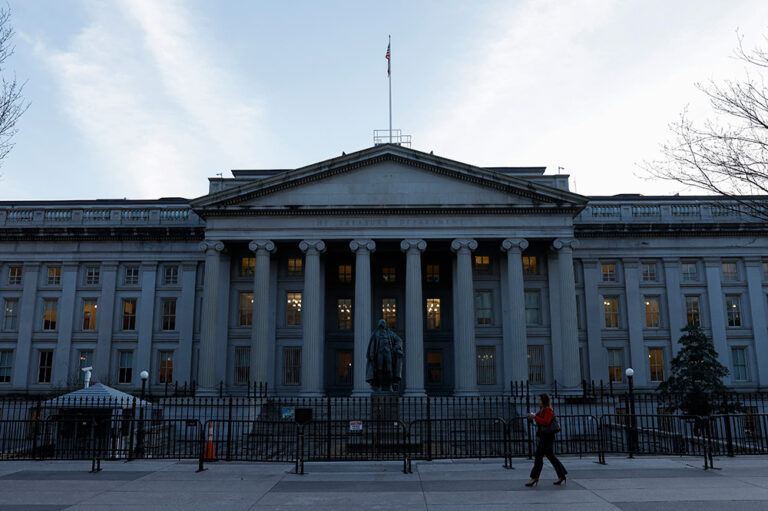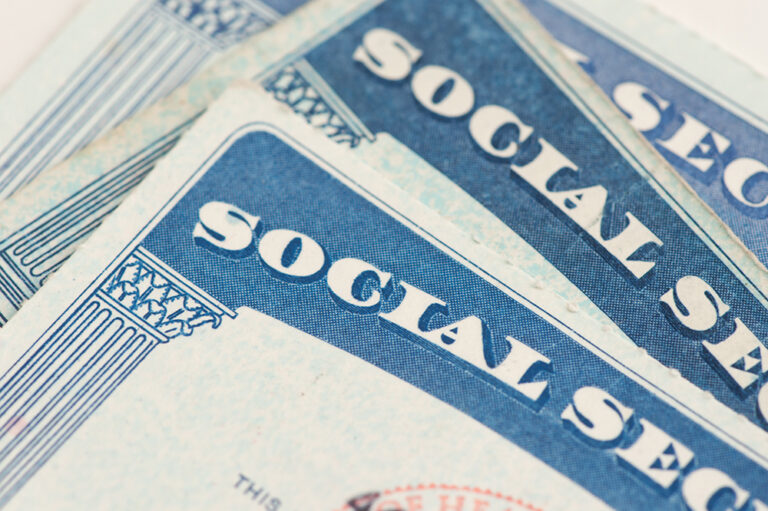As Congress and the Administration pursue changes to the tax code, it is important to consider the current fiscal environment and how it compares to earlier eras when large tax packages were enacted. Generally speaking, the United States was in a more sustainable fiscal position when lawmakers previously enacted such legislation.
The tax system was overhauled in 1986 when a bipartisan group of lawmakers reformed and simplified the code. The legislation reduced the number of tax brackets for individuals, lowered tax rates for both individuals and corporations, and closed loopholes. In 1986, the national debt was at 38 percent of GDP — significantly lower than the ratio of 98 percent of GDP recorded in 2024. Moreover, debt was then projected to only rise slightly over the subsequent five years.
In 2001 and 2003, significant reductions to marginal tax rates were enacted. As in 1986, the fiscal outlook during the time of those tax cuts was much more favorable than it is now. In January of 2001, the national debt was 32 percent of GDP, and the Congressional Budget Office (CBO) was projecting $5.6 trillion (not adjusted for inflation) in budget surpluses over 10 years. In January of 2003, debt had risen somewhat — to 35 percent of GDP — and the projected 10-year surplus had dropped to $1.4 trillion (not adjusted for inflation). However, CBO was still projecting that debt would drop to 1 percent of GDP a decade later.
Unfortunately, the actual situation turned out much differently. By 2017, debt had risen to 76 percent of GDP, and CBO projected that deficits would total $10.1 trillion over the next decade, boosting debt to 91 percent of GDP by 2027. Without any change in legislation, that trend was projected to continue, with debt reaching 150 percent of GDP in 2047.
The most recent CBO calculations reveal a fiscal situation that has continued to deteriorate — in large part because of the COVID-19 pandemic and the legislative response to it. Last year, debt held by the public totaled 98 percent of GDP; without any changes to current laws, CBO projects that ratio will rise to 166 percent of GDP in 2054.
In light of the nation’s unsustainable fiscal outlook, reforming taxes in a way that worsens the fiscal situation would be counterproductive and could restrain economic growth in the future. Exacerbating the current large and rising debt can harm the economy by crowding out private investment, squeezing other federal programs, and potentially contributing to higher interest rates and inflation. Lawmakers should pursue policies that don’t make the fiscal outlook even worse.
Image credit: Getty Images
Further Reading
Quarterly Treasury Refunding Statement: Borrowing Up Year Over Year
Key highlights from the most recent Quarterly Refunding include an increase in anticipated borrowing of $158 billion compared to the same period in the previous year.
Experts Identify Lessons from History for America Today
A distinguished group of experts to evaluate America’s current fiscal landscape with an historical perspective.
Should We Eliminate the Social Security Tax Cap?
There have been a number of proposals to increase, eliminate, or otherwise adjust the payroll tax cap as a way to shore up Social Security’s finances.


